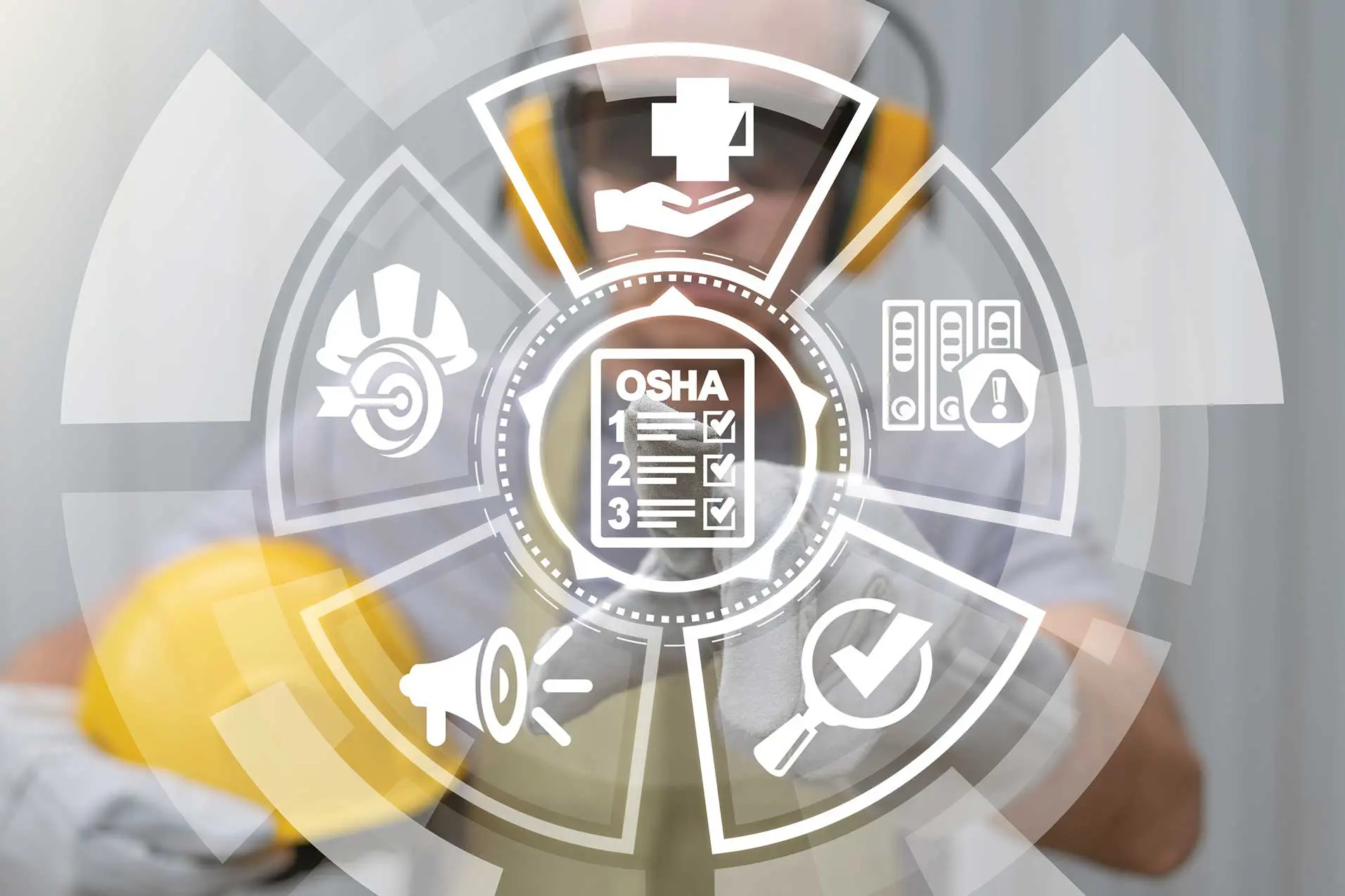How OSHA Regulations Demonstrate the Need for Safety Programming
By MS. LAUREN SCHATZ, STAFF WRITER
With the Occupational Safety and Health Act of 1970, Congress created the Occupational Safety and Health Administration (OSHA) to ensure safe and healthful working conditions for workers by setting and enforcing standards and by proÂviding training, outreach, education, and assistance.
Flash forward half a century and OSHA violations are often joked about. In fact, social media pages even poke fun at tangled up wiring and ladder incidents waiting to happen.
Although it can be fun to make light of these situations (we all like to laugh at ridiculousness), actual OSHA violations are certainly not a joke.
In fact, each safety practice OSHA monitors has been backed with decades upon decades of improvement based on real-life scenarios. Violating these practices poses a risk to your personal well-being and the success of the mission of which you are a valuable part.
OSHA does not typically cover uniquely military operations, but OSHA’s regulations do often apply when military activities relate to workplace activity.
Some individuals choose to feel “weak†if they are following safe practices. However, this mindset stems from insecurities. It often leads to harmful or deadly accidents. Strong individuals prefer to carry out their duties safely and, thus, pride themselves on mission efficiency and success. They make a conscious choice to not be caught unaware nor complacent in order to avoid a lifetime of unnecessary pain.
For those wanting to do the job right for the sake of themselves and the mission, quiz yourself on how well you really know safety.
TEST YOUR KNOWLEDGE
- Which of the following is the most frequently violated standard?
A. Fall Protection, construction
B. Powered Industrial Trucks, general industry
C. Ladders, construction
D. Respiratory Protection, general industry - Worker deaths in America are down—on average, from about 38 worker deaths a day in 1970 to 13 a day in 2020.
A. True
B. False - Which are not in the “Fatal Four†(the four most common causes of worker deaths on construction sites in America, according to OSHA)?
A. Falls
B. Struck by an object
C. Electrocutions
D. Insufficient oxygen environments - A “Qualified Person†means someone who is capable of identifying existing and predictable hazards in the surroundings or working conditions, which are unsanitary, hazardous, or dangerous to employees, and who has authorization to take prompt corrective measures to eliminate them.
A. True
B. False - Journey for Zero is the comprehensive safety campaign introduced by the Air Force Safety Center in 2014 designed to raise awareness of the on-duty hazards faced every day.
A. True
B. False - Which of the following statements is incorrect?
A D-ring means a connector used…
A. As the fourth connecting point in any gear.
B. In a harness as an attachment element.
C. In a lanyard as an integral connector.
D. A part of a positioning or travel restraint system. - The preferred order of control measures for fall hazards is:
i. Elimination or substitution.
ii. Engineering Controls.
iii. Warnings.
iv. Training and Procedures.
v. Personal Protective Systems and Equipment.
A. True
B. False - An extension or straight ladder used to access an elevated surface must extend at least 3 feet above the point of support.
A. True
B. False - To prevent injury from oversize loads, workers should seek help when:
A. A load is so bulky that employees cannot properly grasp or lift it;
B. Employees cannot see around or over a load; or
C. Employees cannot safely handle a load.
D. All of the above. - The U.S. Bureau of Labor Statistics 2005 annual survey data indicated that there were 8,450 non-fatal amputation cases—involving days away from work—for all private industry.
A. True
B. False
Answers:
- A. Fall Protection, construction
- A. True
- D. Insufficient oxygen environments
- B. False
- B. False
- A. As the fourth connecting point in any gear.
- A. True
- A. True
- D. All of the above
- A. True

